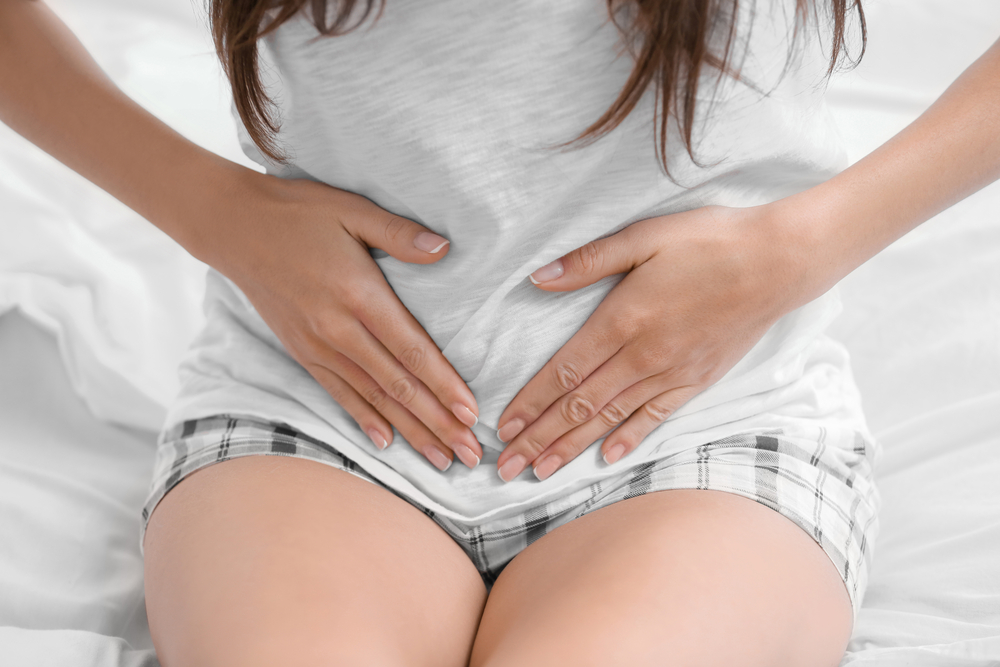Understanding Endometriosis
Endometriosis affects roughly 1 out of 10 women in the US, and an estimated 176 million women worldwide...

Endometriosis is a condition that affects the female reproductive system and occurs when endometrial tissue that is typically only found inside of the uterus begins to grow on the outside of the uterus. The main symptoms of endometriosis are painful periods and pain in the back and pelvis.
Understanding Endometriosis
Endometrial tissue is the inner lining that thickens during the menstrual cycle and is shed through menstruation if a pregnancy does not occur. This is the same tissue that a fertilized embryo ultimately implants itself into during a pregnancy. With endometriosis, the endometrial tissue can be found growing on or around the ovaries, general pelvic region and abdomen, or less likely in or around the fallopian tubes, vagina, and bowel.
What is especially problematic with this endometrial tissue overgrowth is that although it is outside of the uterus, it is still impacted by the same hormonal changes that impact the endometrium inside of the uterus during the menstrual cycle – it still thickens and then sheds. When this tissue is outside of the uterus, however, it cannot break down and expel through the vagina during your period like typical endometrial lining. It instead breaks down wherever it is implanted in the pelvic region. Over time, this monthly shedding and bleeding can cause scar tissue and cysts.
Symptoms of Endometriosis
The symptoms and the severity of endometriosis may vary from moderate to severe. If you have endometriosis you may experience some of the following symptoms:
- Painful periods that are not minimized by over-the-counter pain relievers
- Heavy bleeding
- General pelvic pain
- Recurring episodes of sharp abdominal pain
- Back pain
- Pain during intercourse
- Painful bowel movements or urination, especially during menstruation
Endometriosis is an often-overlooked condition that may take several years of living with symptoms before being tested or receiving a confirmed diagnosis. There is evidence to suggest endometriosis is hereditary, so talk to the women in your family to see if they experience any of the same symptoms.
Endometriosis Treatments
Living with endometriosis may likely include persistent symptoms throughout the duration of your reproductive years, from the onset of menstruation through menopause. Although there is no available cure for endometriosis at this time, some of the symptoms can be effectively managed.
Symptom treatments vary from simple measures such as heating pads to provide pain relief to more complex, such as laparoscopic surgery (through the belly button) for deep-excision to carefully remove the tissue growth and cysts if they occur outside of the uterus.
Low-dose oral contraceptives, over-the-counter nonsteroidal anti-inflammatory drugs (including ibuprofen and naproxen), a hormonal (not copper) IUD, acupuncture or changes in diet can also be used to help alleviate some symptoms. Evidence suggests that an anti-inflammatory diet could be one source of relief in managing the symptoms of this disease. A program such as the Low-FODMAP Diet most commonly used to minimize symptoms of irritable bowel syndrome can also be an option.
Endometriosis and Fertility
30-50% of women with endometriosis struggle to conceive. Early diagnosis and treatment can be beneficial for patients concerned about their fertility. A fertility specialist can assess fertility based on blood tests, ultrasound, and may also perform a hysterosalpingogram (x-ray of uterus and fallopian tubes). Surgical excision of the disease can also be used to improve fertility by restoring reproductive anatomy and reducing inflammation. Fertility treatments, such as intrauterine insemination (IUI) or in vitro fertilization (IVF) can improve fertilization and implantation rates. Fertility drugs may be needed to help the uterine wall maximize conditions that facilitate the implantation of an embryo.
If you feel like you may have endometriosis, it is important to have an evaluation by your doctor to determine a diagnosis. It may be helpful to chart what you are experiencing during which days of each menstrual cycle to help determine patterns that could be useful for aiding diagnosis. A diagnostic laparoscopy with a pathology report to confirm the biopsy tissue is the only way to diagnosis endometriosis.
